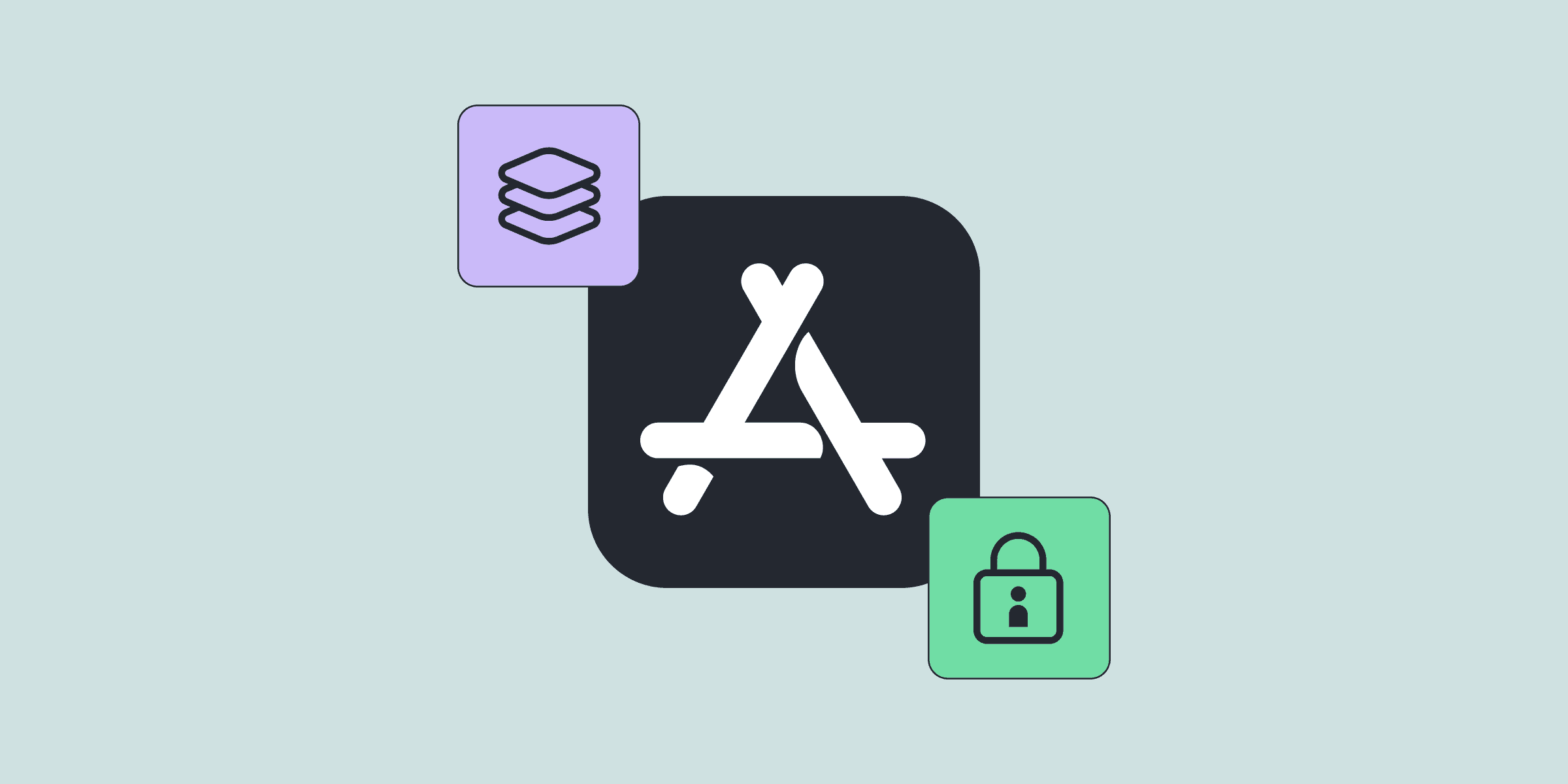In-App Purchases: App Store Receipt Validation
In-App Purchases: App Store Receipt Validation

Eugene

Eugene
Nov 28, 2020
Nov 28, 2020
This article answers common questions about implementing In-App Purchases, receipt validation, whether to use StoreKit, and more.
To learn more about Apple App Store Receipt validation of Apple App Store receipts without Apple’s servers, let’s start with the basics:
This article answers common questions about implementing In-App Purchases, receipt validation, whether to use StoreKit, and more.
To learn more about Apple App Store Receipt validation of Apple App Store receipts without Apple’s servers, let’s start with the basics:














